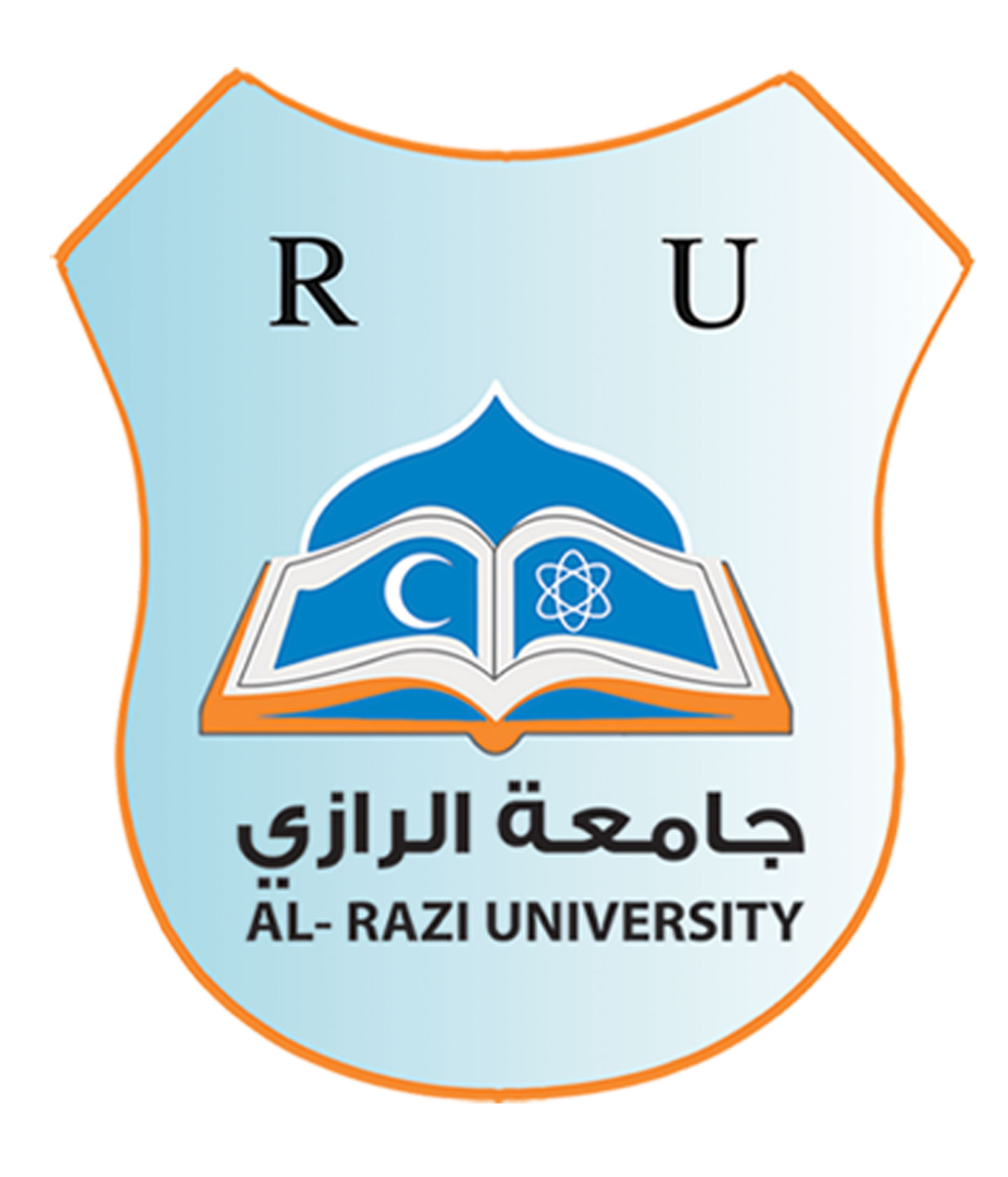Hydrological Analysis Study and Groundwater Assessment of Sana'a Basin, May 2022
الملخص
Hydrological study of Sana'a basin is composed of several sections. The first section introduces the hydrological aspects to be covered and analyzed, which includes parameter of surface water as rainfall, runoff scale in relation to geology composition and soil moisture and characteristic. Background of the study area in terms of location, topography and classification of Sana'a basins are disused in this study. Research objectives pertinent to groundwater resource assessment in Sana'a basin are successfully accomplished in this study through examination of enormous data variables of rainfall and surface runoff data that was collected and covering longtime period for over 70 years. Time series of rainfall are used to reveal rainfall pattern in the concerned area and examine its temporal and spatial distribution at annual, seasonal and monthly averages. Rainfall distribution and other climatic opponents are discussed in relation to other meteorological data. Several formula and models relevant to water assessment are applied and mentioned under methodology section and further explored in the hydrologic analysis segment.
The researcher undertakes thoroughly the hydrological analyses composing of numerous components of water resources availability in order to assess the type and amount of water resources at the surface and underground level within regional basins and local valleys. Catchment areas in relation to rainfall and runoff parameters are used in relation to the mean of annual rainfall to estimate groundwater recharge rates. Comparative analysis is performed to contrast water abstraction with recharge rate in order to establish a baseline defining critical basins within concerned areas and valleys in Sana'a governorate including main basins of targeted project areas. Components of groundwater system and water saving as a consequence of the implementation of the proposed project are consequently discussed in the analysis section. Monitoring and evolutional aspects of the project explore the current situation of water balance by defining the extent of groundwater availability and depletion at a district level where the result reveals that almost all basins in Sana'a are suffering water balance deficit and continuous depletion. The magnitude of water balance is pictured and charted in a detailed map for the target areas, so as to better control and monitor groundwater use based on location and using sustainable management methods to reserve water resources within the context of objective achievements and practicing water saving activities under the suggested programs for Sana'a Modern Irrigation Projects (MIP) to be implemented in the concerned area. A list of hydro and meteorological devices and equipment needs are defined to support monitoring and evolution processes of the project. Finally, concluding marks and research recommendations are abstracted at the end of the study.
Hydrological analysis assessment revealed that the total annual groundwater recharge into the valleys and basins of Sana'a governorate where the main basins and four sub-basins reach a total recharge amount of 143 MCM /year in 2008 and 162 MCM in 2020 as the recharge aggregated for the 4 main basins and 14 sub-basins in the governorate. The total Irrigated Area from groundwater in Sana'a Governorate was approximately 70,000 hectare in the year 2007, and about 51.000 in 2008. Results of data analysis are exposed and show that water balance in Sana'a basin reach a very critical situation where the difference in the amount of water between charged and discharged in the basins of Sana'a record an alarming indicator, they are accounted for a negative value amounting - 405 MCM, over four hundred millions cubic meter being lost annually (143- 548= -405)
Hydrological analysis results show that the area of irrigated crop from underground water in Sana'a governorate was 50,856 hectares in 2008, representing about 62 % of the total irrigated area in the governorate, which consumes 548 MCM/year of underground water, this tremendous amount corresponds to the total abstraction of water used for irrigation could be minimized. It is a huge volume of water use, particularly with respect to 42 % average in water saving, which equals to 330 MCM/year for total irrigated area, which could be saved, contributing to the augmentation of groundwater recharge. An amount of water equal to 548 MCM/year is consumed for irrigation based traditional use vs. 318 MCM/year using improved irrigation method, which means a deference of 330 MCM/year is accounted for water savaging, assuming that all irrigated land be covered with modern irrigation techniques in Sana'a Governorate.

